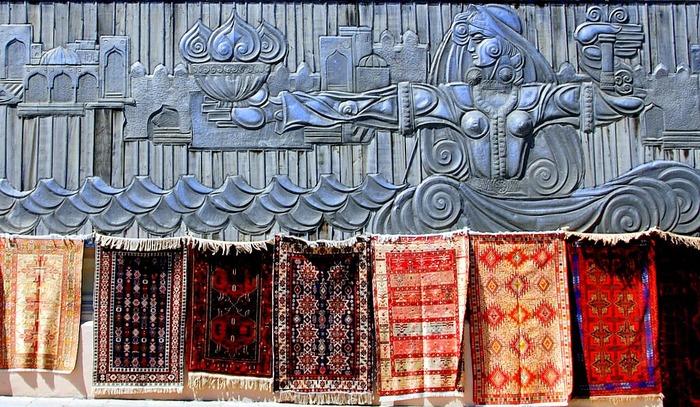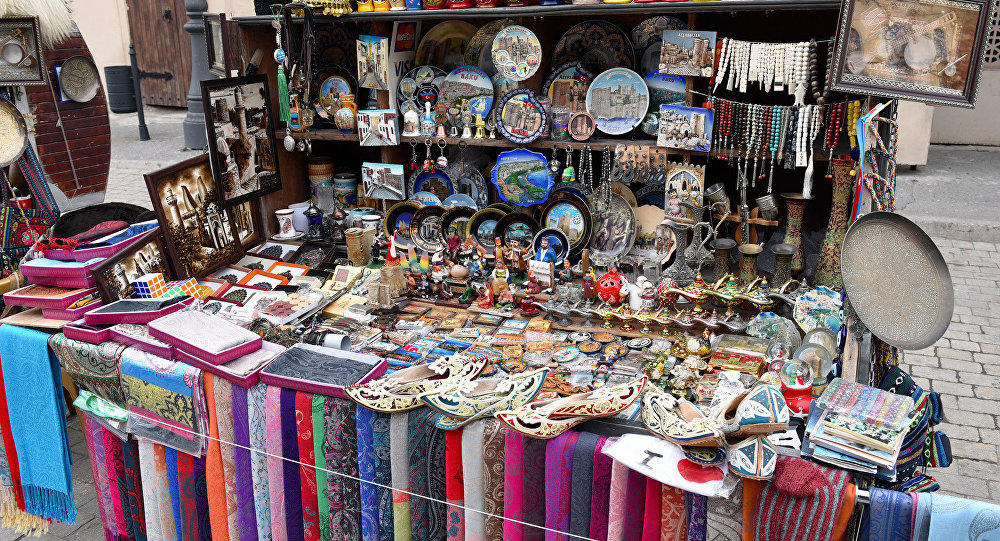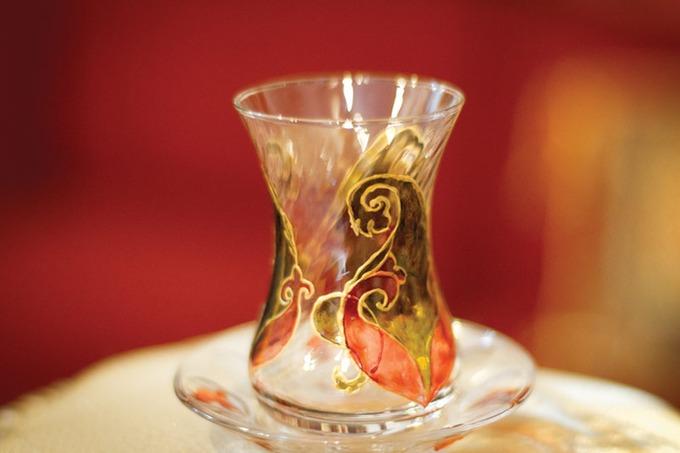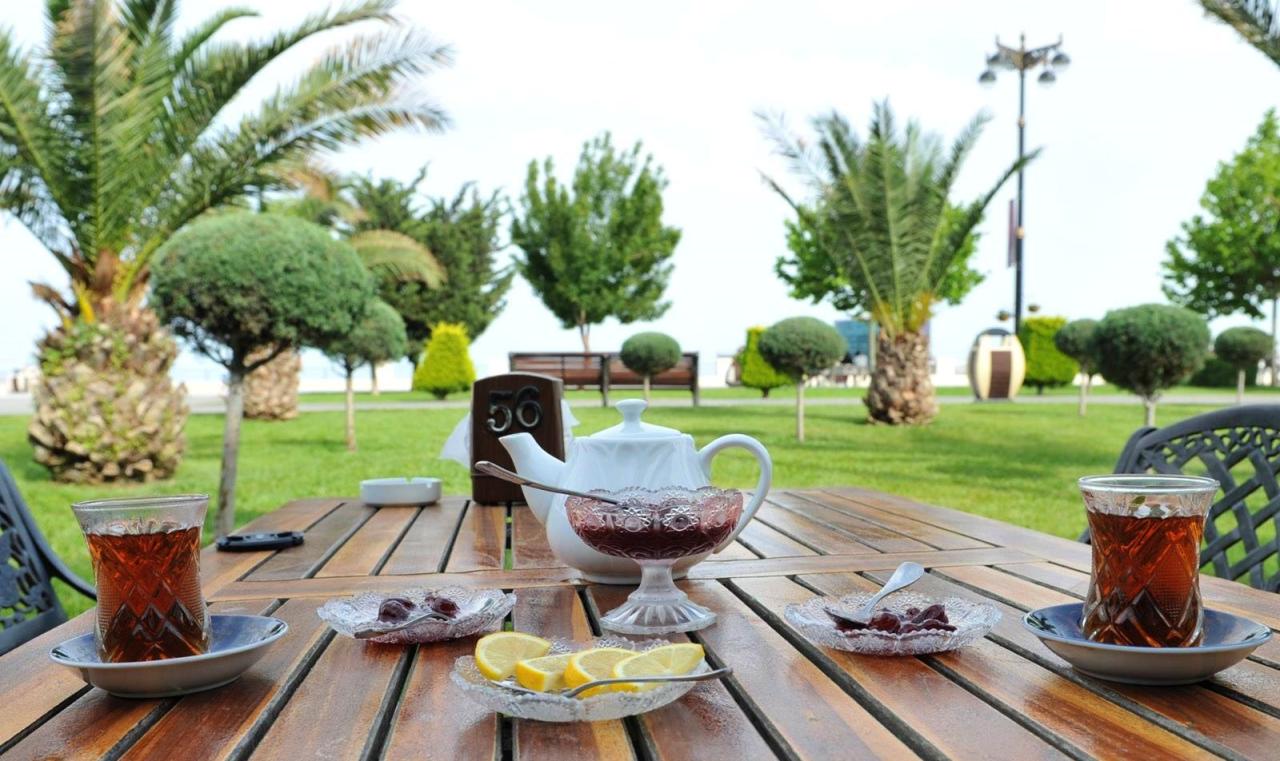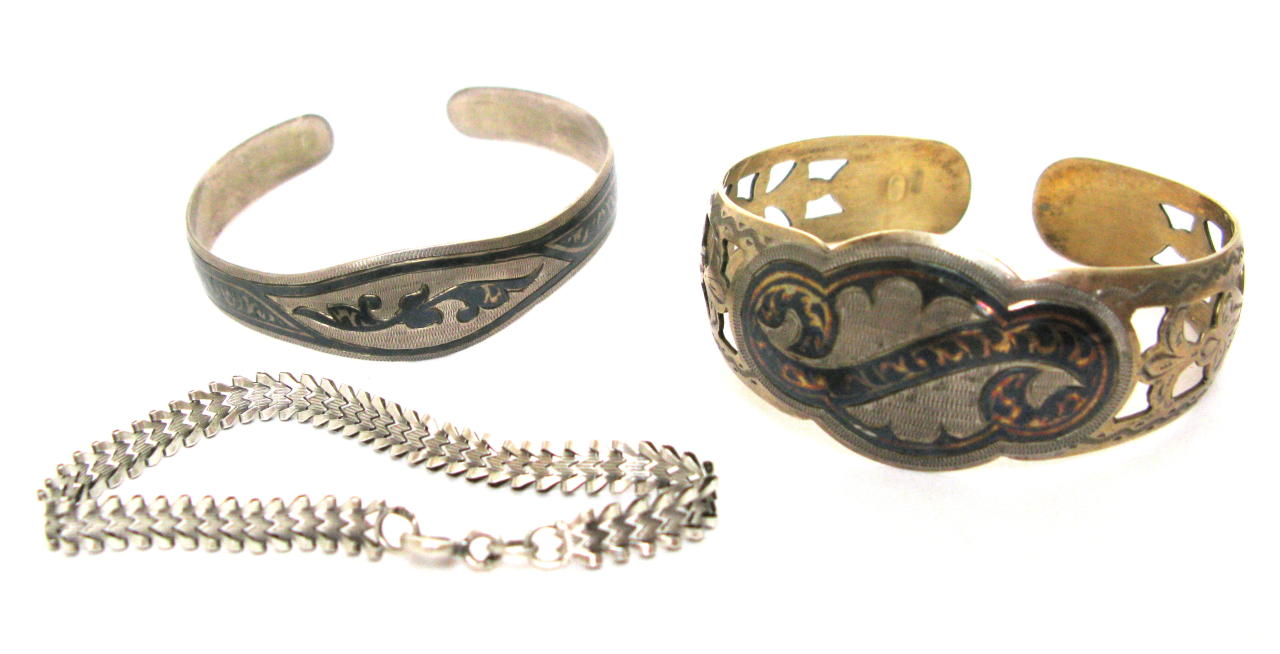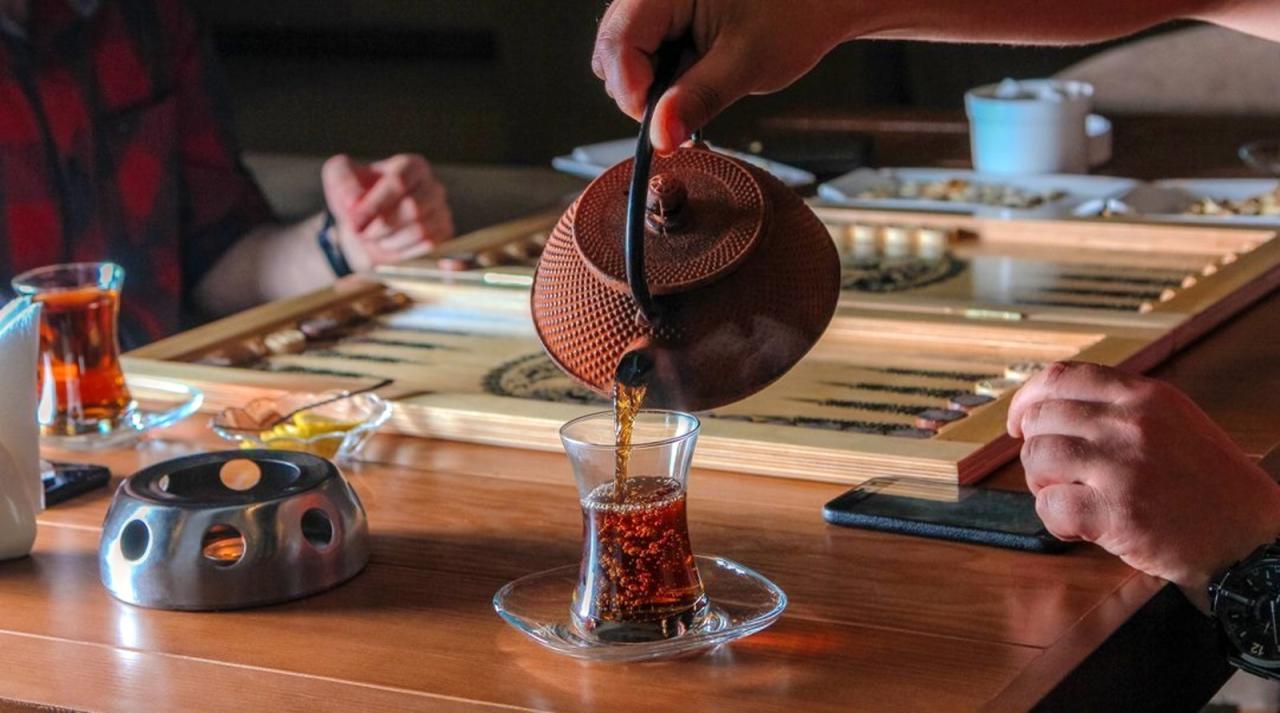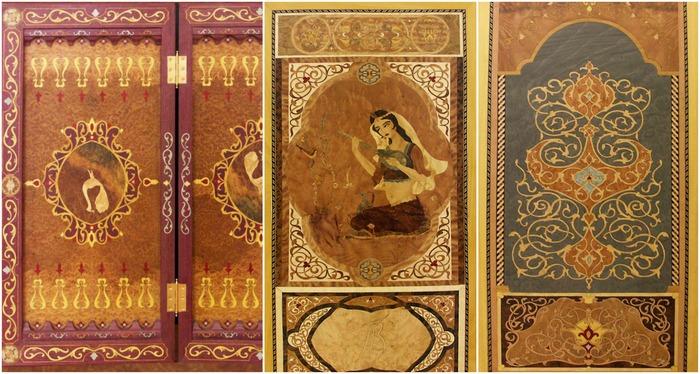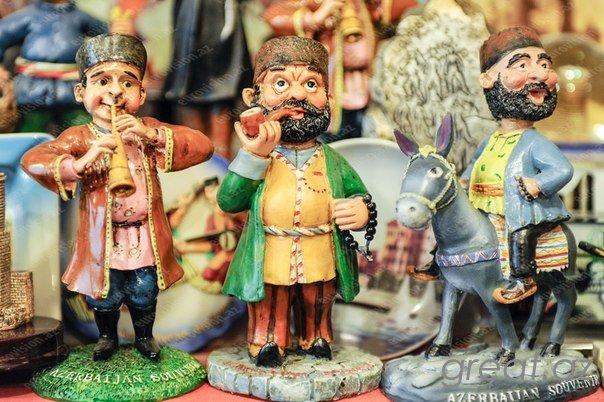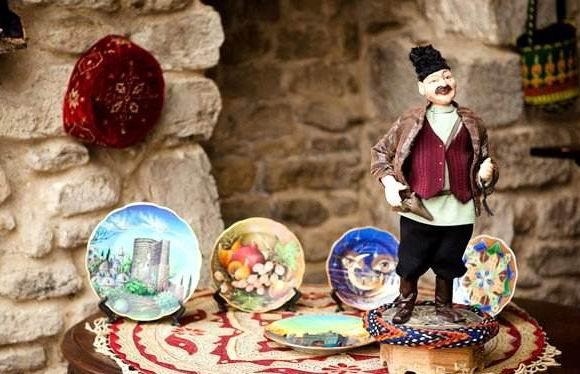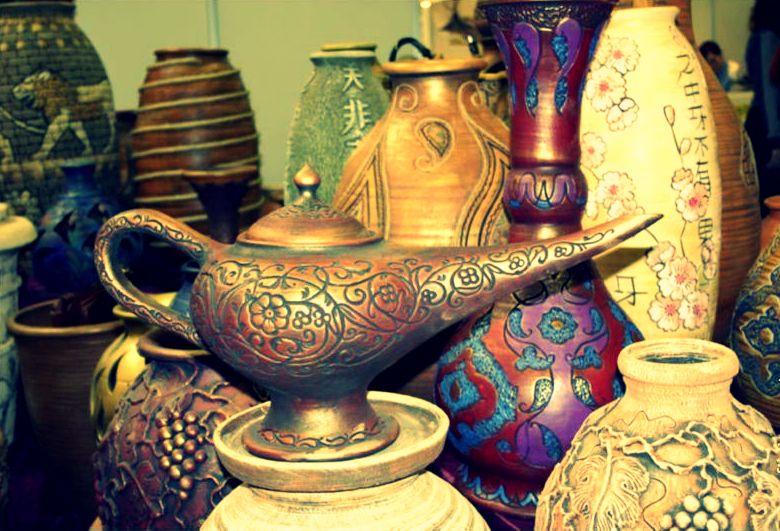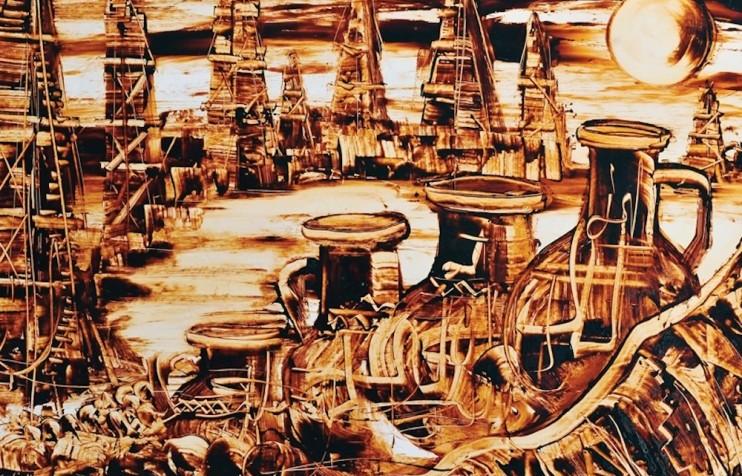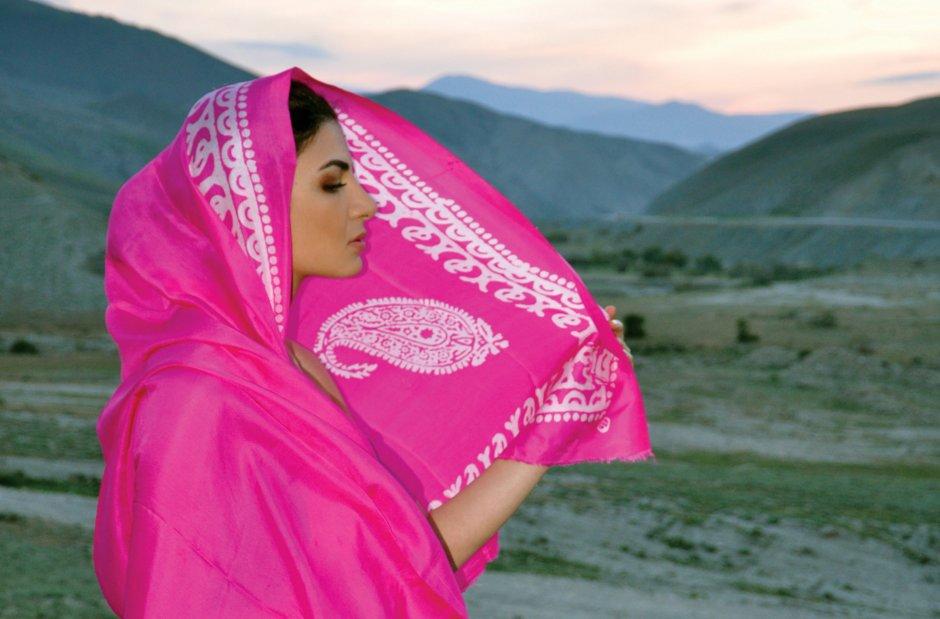Traditional souvenirs to buy in Azerbaijan [PHOTO]
![Traditional souvenirs to buy in Azerbaijan [PHOTO]](https://www.azernews.az/media/2018/02/07/souvenirs.jpg)
By Laman Ismayilova
The Land of Fire is a shoppers’ paradise. There are numerous shopping centers, boutiques and souvenir shops in the country.
While walking through the streets is a feast for the eyes, it can become overwhelming if you don’t know what to look for. Souvenirs are an excellent way to remember all your adventures.
You’ll be able to share a true piece of Azerbaijan with family and friends.
Keep scrolling to see the ideal souvenir to buy in the Land of Fire.
Carpet
National pride of Azerbaijan and the most expensive gift from Baku is carpet. Carpet weaving made its way into the everyday life of the people of Azerbaijan and turned into a symbol for the nation.
With their high aesthetic value, fleecy and pileless carpets are used to decorate the walls and floors of marquees, huts, homes, and nomads’ tents.
By their technical peculiarities Azerbaijani carpets are divided into fleecy carpets and carpets without pile. The weaving of the carpets without pile dates to the earliest period of the art of weaving.
The Land of Fire has seven carpet producing regions including Baku, Shirvan, Guba, Tabriz, Karabakh, Ganja and Gazakh and each of them had its own technology, typical patterns and colors.
If you are thinking about buying national carpet, then Old City is quite an interesting place for stroll. Here you may find the best shops for buying carpets.
Don’t forget to visit the Carpet Museum, where the staff can tell the history of each carpet and disclose some secrets of carpet weaving. A single visit to a museum can expose visitors to in-depth information on a subject.
Another interesting themed souvenir is a carpet bag. It perfectly fits with various items of the wardrobe and serves as an original ethnic accessory.
Jewelry and souvenir dagger
Baku is famous not only for weavers, but also for jewelers. The rich cultural heritage of goldsmiths' work resulted in two independent jewelry schools: shekebe and hatamkarlig.
Ornaments made in the first technique resemble the finest lace woven from precious (gold or silver) lace.
The technology is extremely complex in execution and requires the master many years of constant practice. But the result of itself fully justifies: the products are obtained by air, graceful and shining in the sun. No less original is the second technique: hatamkarlig.
It is a kind of mosaic of precious metals: a silver or gold “carnation” is laid out a picture or ornament. It takes dozens of hours to create such a masterpiece.
Azerbaijan’s traditional dagger will be an excellent gift for any man.
Armudu Glass
There is a long-standing tea drinking culture in Azerbaijan. Tea serving is an important part of Azerbaijani culture. The Armudu is a traditional drinking glass made from a variety of materials, such as porсelain, stained glass and silver.
It got its name from the pear-shape, narrower in the middle and wider at the top and bottom. The shape allows the tea at the top of the glass to cool ready for drinking, while the bottom half stays hot. If you are a connoisseur of art, you can purchase the handmade armudu with floral pattern or buta.
Backgammon
Nard or backgammon is the oldest recorded game in human history. Backgammon is widely believed to have originated in Mesopotamia in the ancient Persian Empire. The game was played on wooden boards or stones, with numbered dice made from bone, stone, wood or pottery. Throughout the history of the game, it has been associated with royals and nobles.
This game is still very common to see here and there people playing backgammon in the parks or local tea houses in Azerbaijan.
Ceramics
Ceramics appeared in Azerbaijan from extreme antiquity.
A rich collection with simple, unglazed, glazed and decorated ceramics was discovered during archeological excavations in Old City.
One of the most common ceramic souvenirs of Azerbaijan is chirag. This ancient oil lamp is used for lighting of medieval homes. Man and woman salt and pepper shakers are also very popular among tourists. You can buy them at bazaars and souvenir shops.
Crude oil painting
The Land of Fire is one of the birthplaces of the oil industry. The oil fountain in the Bibiheybat field of Baku in 1848 laid the foundation for the first industrial production of “black gold” in Azerbaijan.
Azerbaijani artist Sabir Copuroglu creates the oil paintings, just using his fingers and nails.
Chopuroglu was first given a small bottle of crude oil, used for luxurious oil baths when he was a child. He used the precious liquid to draw pictures of horses in his family home.
Kelaghayi
Coming back to more traditional and simple souvenirs, it is impossible to miss mentioning women’s national headscarf.
For many centuries, it was an integral part of Azerbaijani women’s national costume that protects them from both the hot sun and cold wind as silk is cool in summer and warm in winter.
The color of the headscarves has symbolic meaning often tied to specific social occasions such as wedding, mourning ceremony, daily activity or festivities.
The whimsical drawings of the leaves and flowers overlap with complex geometric patterns.
The composition consisting of botanical and geometrical ornaments has symbolic and mysterious characteristics.
In November 2014 at the 9th session of UNESCO's traditional art and symbolism of kelaghayi, its production and the wearing were included in the list of intangible cultural heritage UNESCO.
---
Laman Ismayilova is AzerNews’ staff journalist, follow her on Twitter: @Lam_Ismayilova
Follow us on Twitter @AzerNewsAz
Here we are to serve you with news right now. It does not cost much, but worth your attention.
Choose to support open, independent, quality journalism and subscribe on a monthly basis.
By subscribing to our online newspaper, you can have full digital access to all news, analysis, and much more.
You can also follow AzerNEWS on Twitter @AzerNewsAz or Facebook @AzerNewsNewspaper
Thank you!

